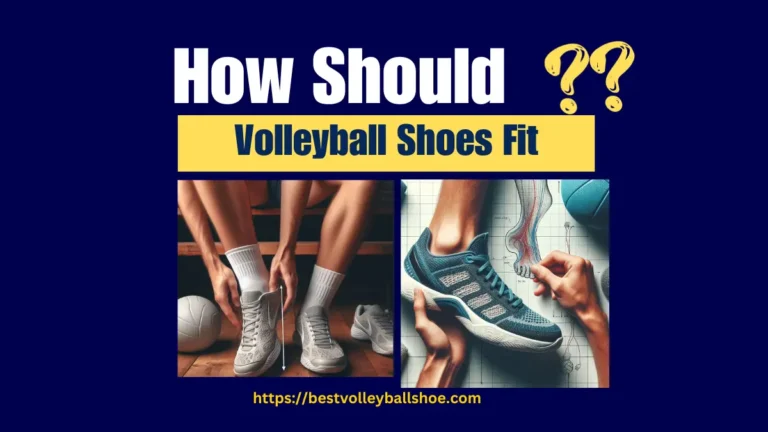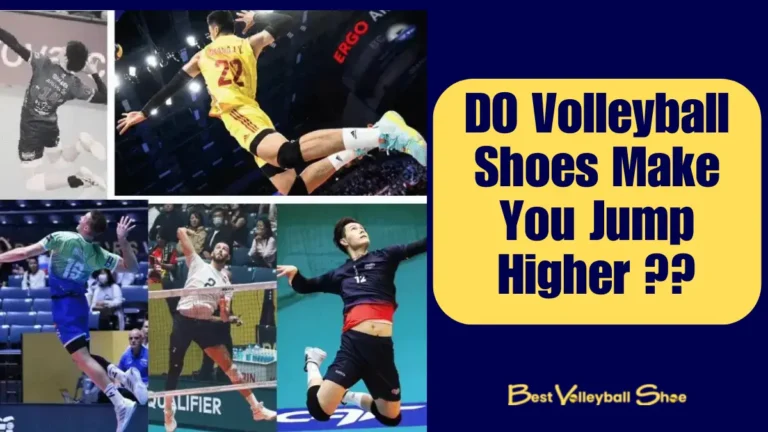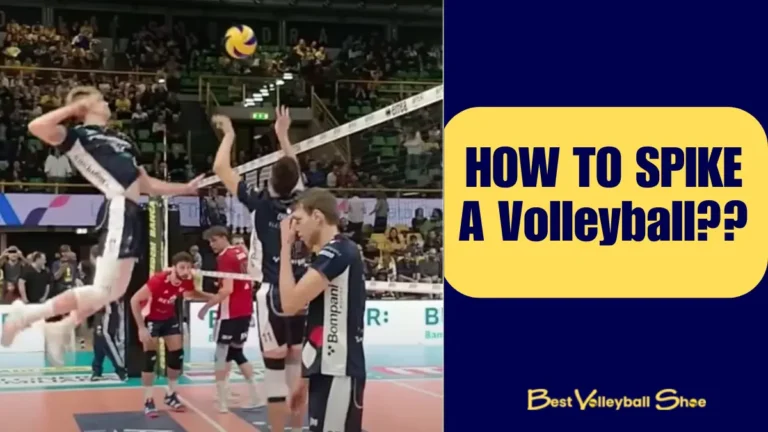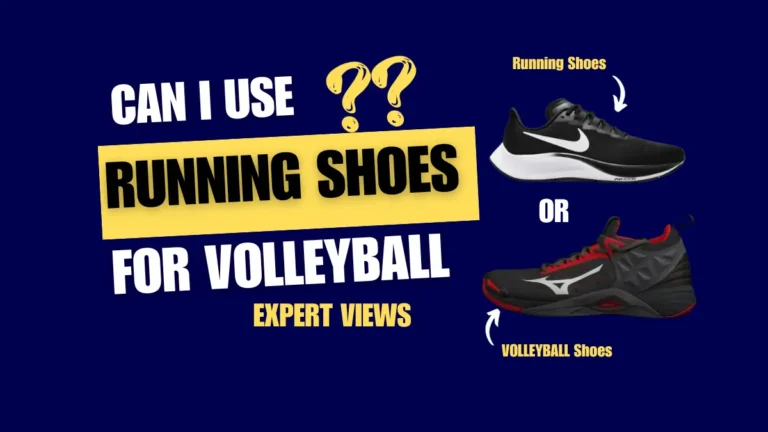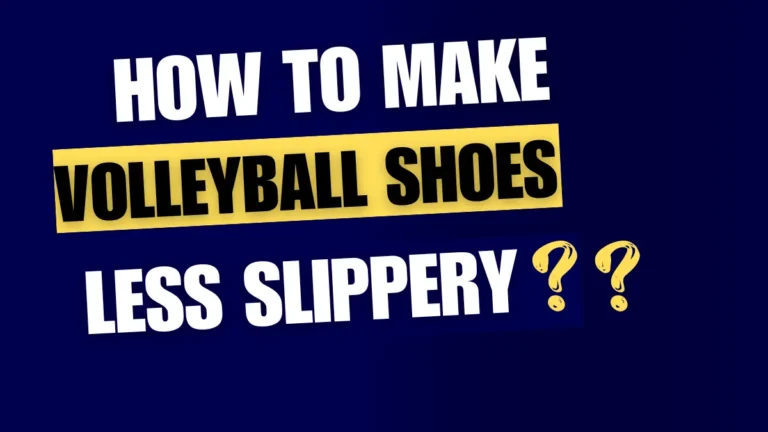How to Lace Your Volleyball Shoes
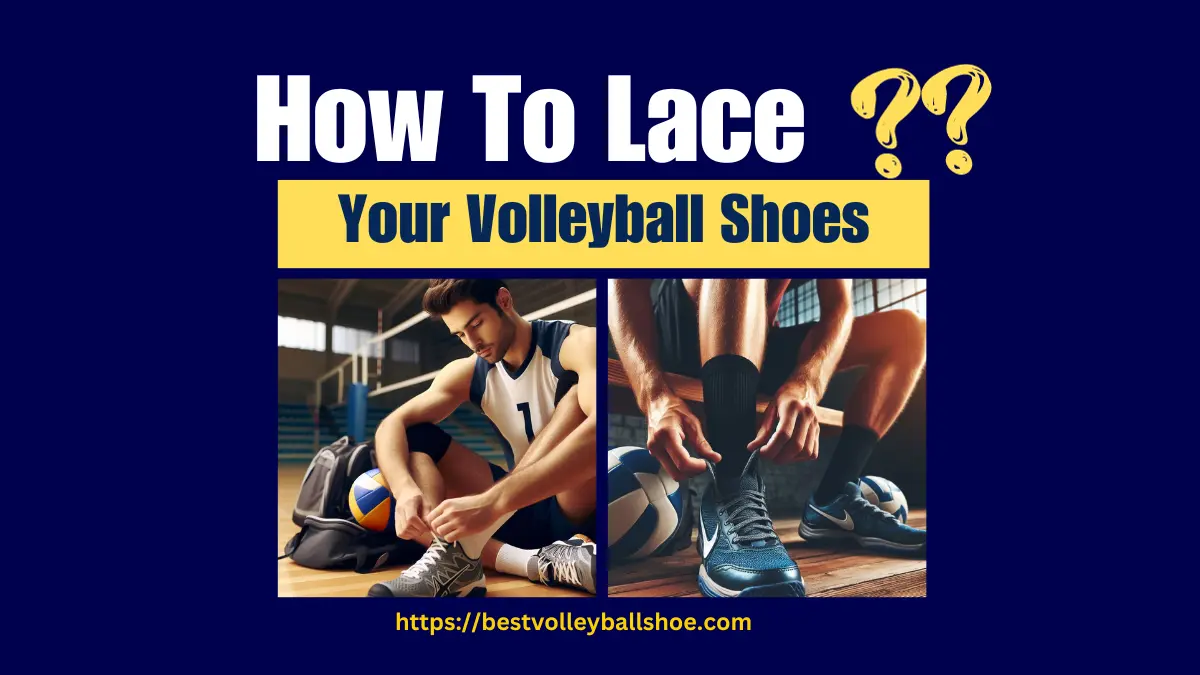
In a volleyball game’s continuous movement and rapid directional changes, a slight looseness due to laces coming undone can take you out from the court. Inappropriate lacing diminishes your game enthusiasm and performance and causes injury in your ankle and discomfort to you.
Don’t worry anymore. I will teach you some techniques to lace up your volleyball shoes properly. Applying them lets you maintain your stability, support, and comfort in the game. Some popular methods include criss-cross, diagonal, loop, and lock lacing.
But only knowing the techniques won’t work; you need to learn how to lace your volleyball shoes properly, what materials are needed, and what the pro tips are to distribute the uniform pressure of feet on shoes to maintain stability.
If you don’t know, let’s discuss it in detail.
Take Start with the Proper Supplies
Before lacing up your volleyball shoes, make sure you have:
Different Lacing Techniques for Volleyball Shoes
Lacing volleyball shoes properly is vital for comfort, stability, traction, and injury prevention when playing hard.
Taking a few minutes to lace your shoes correctly gives you the foundation to leap, dig, serve, and spike your best on the court.
Following key lacing techniques lets you get the ideal customized fit for your foot and playing style.
Criss-cross Lacing
The criss-cross is a standard or typical lacing technique that provides an even distribution of tension across the entire foot for stability. For this method, you have to
Diagonal Lacing
Diagonal lacing closely matches the criss-cross with minor changes in pattern. Its main advantage is that it distributes tension evenly across the shoe.
Diagonal lacing allows tightening or loosening specific areas as needed for a customized fit.
Loop Lacing
Loop lacing secures the midfoot for stability. How it works, let’s examine:
Loop lacing supports the midfoot well by preventing laces from loosening during play.
Lock Lacing
Lock lacing stops the laces from getting loose while you’re active. Its technique starts with
Lock lacing secures the ideal tension, so laces stay tightened throughout a game.
How I Tie Volleyball Shoes from Start to End
As an avid volleyball player, I have a specific routine for lacing up my shoes before each game and practice.
I normally have no distinction of brands in lacing my volleyball use. In short, I lace my volleyball shoes whether of Nike, Mizuno, or Asics in this manner. I start by ensuring my laces are untied to properly secure my foot in the shoe from heel to toe.
Let’s walk through how I tie my volleyball shoes from start to finish to keep my feet stabilized and supported during play.
Loosen the Laces Fully
Begin by making the laces on your shoes as loose as they can go. This lets you put your foot in easily and ensures you don’t start lacing too tight initially.
Loosening the laces first gives you a blank canvas to work from in achieving an ideal lacing and fit.
Slide Your Foot in the shoe
With the laces fully loosened, slide your foot into the shoe. Your heel should fit comfortably into the back of the shoe.
Ensure your foot is in so your toes touch the front but aren’t jammed. It is necessary to have a small gap, roughly the width of your thumb, between your longest toe and the front of the shoe.
Position your foot straight inside the shoe as well. You don’t want your foot sliding to one side or the other. Make sure the shoe is right in the middle of your foot.
Begin Lacing at the bottom
You can start tying the laces after placing your foot right in the shoe. Always start lacing at the bottom eyelets first:
Starting from the bottom lets you get the right tension around the midfoot and heel area. This provides stability before moving up the shoe to lace the ankle and get the ideal fit.
Use any Lacing Techniques to Pattern Up the Shoe
Now, it’s up to you to use the lacing method. But here, I’ll use a criss-cross lacing pattern up the shoe to understand clearly.
The criss-cross pattern distributes tension evenly across your foot. It also allows you to tighten or loosen lace tension in specific areas.
Use the Top Eyelets for the ankle
When you get to the ankle portion, use the top 2 or 3 eyelets to lace vertically rather than horizontally:
- Feed both lace ends straight up through the top 2 or 3 eyelets, one lace in each eyelet.
- Leave a little slack initially rather than pulling tight.
Lacing vertically at the ankle gives you independent lacing control to create the right support around your ankle bones. This helps stabilize the ankle during volleyball play.
Tighten the Laces Properly
Once the criss-cross and upper eyelet lacing are complete, you can tighten the laces to get an ideal fit:
- Start at the bottom and gently tighten the laces in each criss-crossed row, working up towards the ankle.
- Don’t yank too hard initially. Just take out excess slack.
- At the upper eyelets, tighten the laces so your ankle feels secure but not compressed.
- Tie the laces using a double knot so they stay tight. A double knot reduces the risk of the laces coming undone mid-game.
- Put on your knee pads over your shoes if needed.
- Rise and walk around to assess the tightness of the lacing. Bend your ankles fully and make shuffling motions.
- If any areas feel too loose or tight, loosen the laces there and re-lace only that section.
Getting the right close fit takes some trial and error. However, taking the time to do so helps performance and prevents injury risk.
Things to Avoid When Lacing Your Shoes
There are a few mistakes to avoid when lacing volleyball shoes:
- Don’t tie the laces too tightly. Restricted circulation or compressed nerves and tendons can lead to pain and injury.
- Don’t rely on tightening the upper laces to stabilize the ankle. This can restrict ankle mobility.
- Avoid wearing shoes without securely fastening the laces. Laces flapping around can lead to tripping.
- Don’t tuck the tongue to the side or under the laces. It should lay flat and centered.
- Don’t touch the toe area by lacing this part too tightly. Keep wiggle room for your toes.
Proper lacing requires finding the right stability in each section of the foot and ankle for comfort and security.
Closing Thoughts
Properly lacing and caring for your volleyball shoes is essential but often overlooked. Using proper techniques to lace them correctly will help you achieve the ideal fit. Tight yet comfortable lacing provides stability, support, and safety for quick lateral motions and jumping during competitive play.
Consistently cleaning your shoes, inspecting them for wear, and replacing parts like laces and insoles will also maximize their performance and longevity. Well-fitted and maintained volleyball shoes give you the edge you need to elevate your level of play on the court. Investing extra time into your footwear pays off with improved comfort, fewer injuries, and better all-around volleyball ability.
.
Frequently Asked Questions
What is the best way to re-lace shoes between games?
Completely loosen the laces, retighten them from the bottom up, and double-knot them. This helps restore tightness that may have loosened up during previous play.
How often should I replace my volleyball shoelaces?
Plan to replace your laces every 2-3 months. Fraying, lack of elasticity, or loosening while playing all signal it’s time for new laces.
Should I use any products to clean my volleyball shoes?
Use a soft brush weekly to remove dirt. Softly spot clean uppers with gentle soap and water. Disinfect insoles and insides periodically with athletic shoe powder or baking soda. Avoid harsh cleaners.
